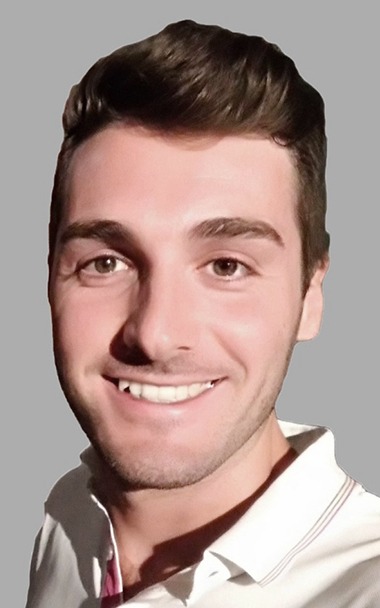Before performing a percutaneous transhepatic biliary intervention, the operating IR should be aware of the exact anatomy of the biliary tract and liver vascular system, taking into account anatomic variants to choose the best approach and minimize the risks of complications. Moreover, the possibility of accessing the biliary tract though the endoscopic route must be previously considered: rendez-vous strategies could significantly improve the benefit-risk balance.
Imaging is crucial both for diagnosis and preoperative planning, as it should provide the following information:
- characterization of the biliary disease requiring intervention
- the exact location of the biliary issue, especially in case of a multifocal disease
- anatomical peculiarities that may hinder the procedure
Ultrasound (US)-based techniques, including B-mode and Color-Doppler, are the key tools for the assessment of the paediatric liver and biliary tract. They are widely available, radiation-free and provide the highest spatial and temporal resolution. However, US imaging is hampered by a limited panoramic view. When US findings are not conclusive or doubtful, magnetic resonance cholangiopancreatography (MRCP) should be performed. Besides providing high-resolution and panoramic images, MR is supported by the use of hepatocyte specific contrast agents (HSCA) which add functional information to the morphological assessment of MRCP [3]. Cholestasis is associated with reduced HSCA uptake that, in case of intrahepatic strictures, may show up as sectorial or segmental liver parenchyma hypointensity. The diagnosis of biliary leaks may rely on the hepatobiliary excretion phase of HSCAs to exactly localize the source of the bile extravasation with MRCP [4]. This is crucial to guide the treatment, since anastomotic leaks should be managed by percutaneous biliary drainage, while biliary leaks from the cut liver surface may heal spontaneously or require surgery.

